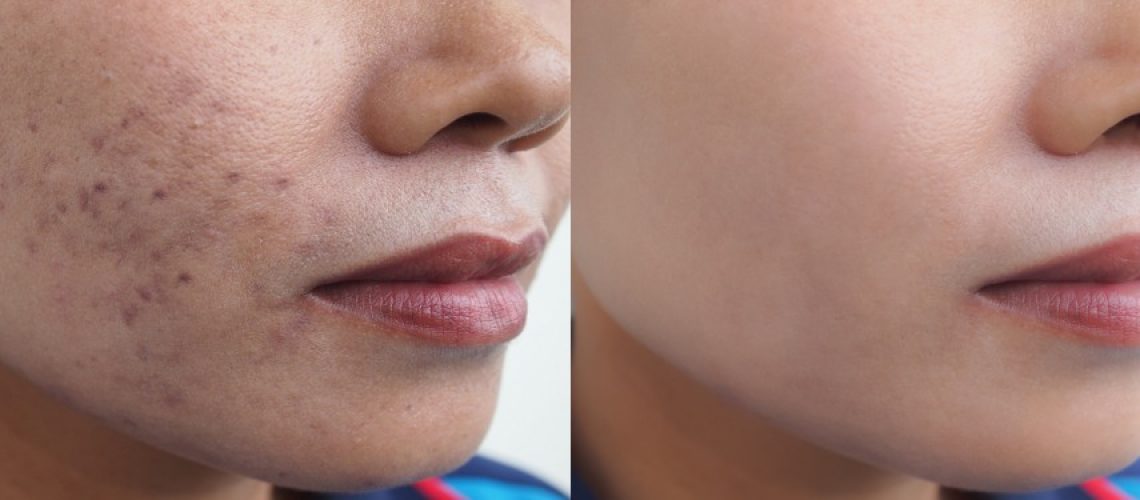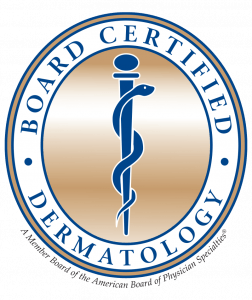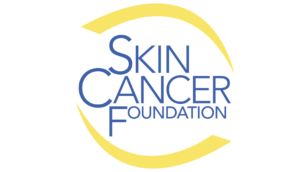
Melasma is a common cause of excessive pigmentation (brown patches) on the face. It is most prevalent in females with skin of color. People with melasma typically develop brown colored patches with irregular outlines on the cheeks, forehead, and upper lip. Many people find the discoloration psychologically distressing. Although melasma is not curable, treatments are available to reduce pigmentation and greatly improve the appearance. It is important to remember that melasma requires both active treatment to improve pigmentation, and long-term maintenance therapy to minimize recurrence. Unfortunately, relapses are common.
Treatment of melasma requires a multipronged approach including:
- Protection against both ultraviolet light and visible light
+ Daily broad-spectrum sunscreen of at least 40 SPF, and one that contains iron oxide to block visible light, found most in a tinted base. Remember that visible light passes through the front windshield and side windows of a car.
+ Wearing a wide brim hat and seeking shade
- Topical Skin lightning agents– hydroquinone, tretinoin, kojic acid, azaleic acid, tranexamic acid, vitamin C, niacinamide, arbutin, etc.
- Antioxidants- HeliocareTM- an effective oral therapy that also reduces the effects of visible light.
- Chemical peels – VIPEEL, glycolic acid peels, salicylic acid peels, combination peels
First line therapy typically includes a combination of photoprotection, antioxidants, and topical skin lighteners. Hydroquinone remains the first-line option (usually in combination with a topical retinoid and topical steroid). Hydroquinone should be limited to 3 to 6 months of continuous application at which time rotational therapy should include other topical skin lighteners. If patients do not respond adequately to these measures, chemical peels can be added to the skin care regimen. Recent studies have shown excellent benefit of oral tranexamic acid (which does have potential side effects, however).










